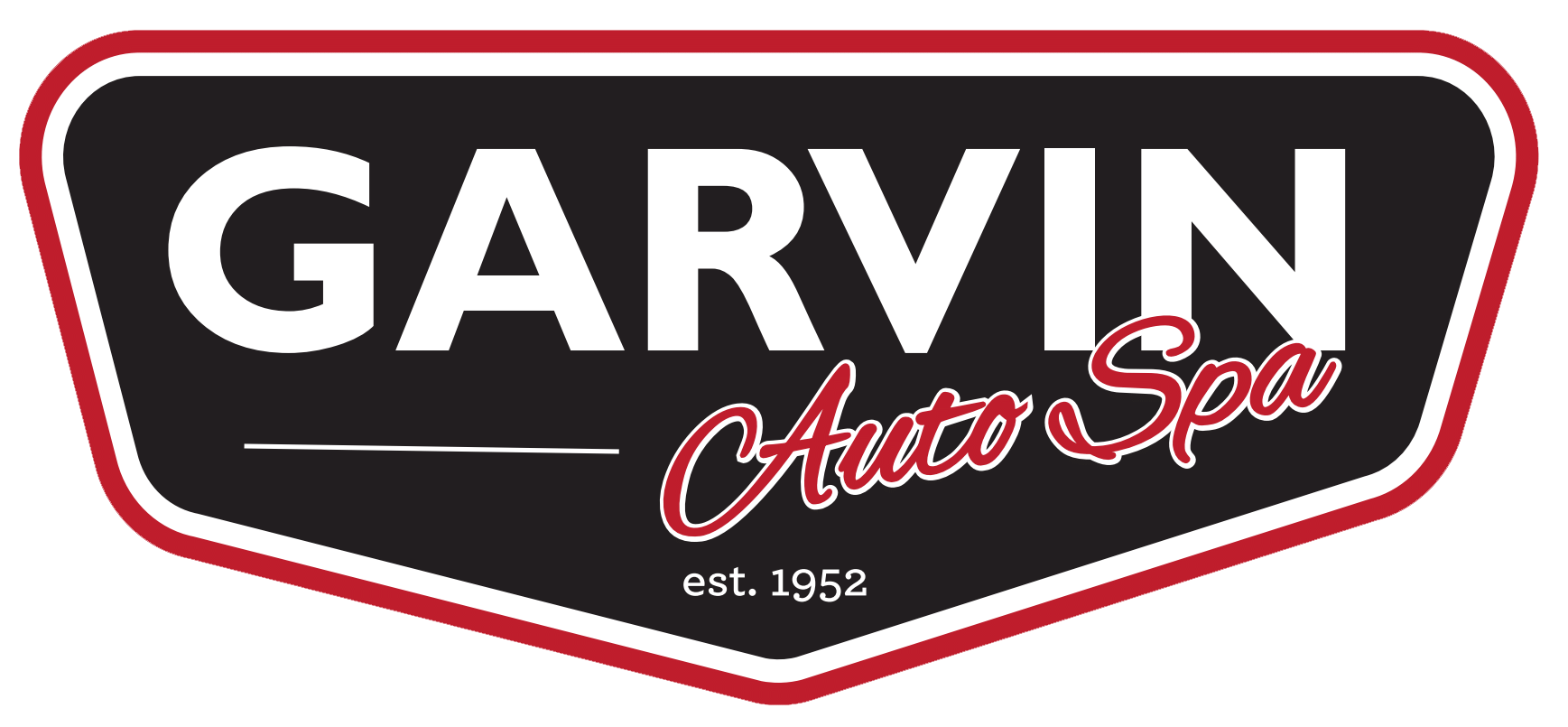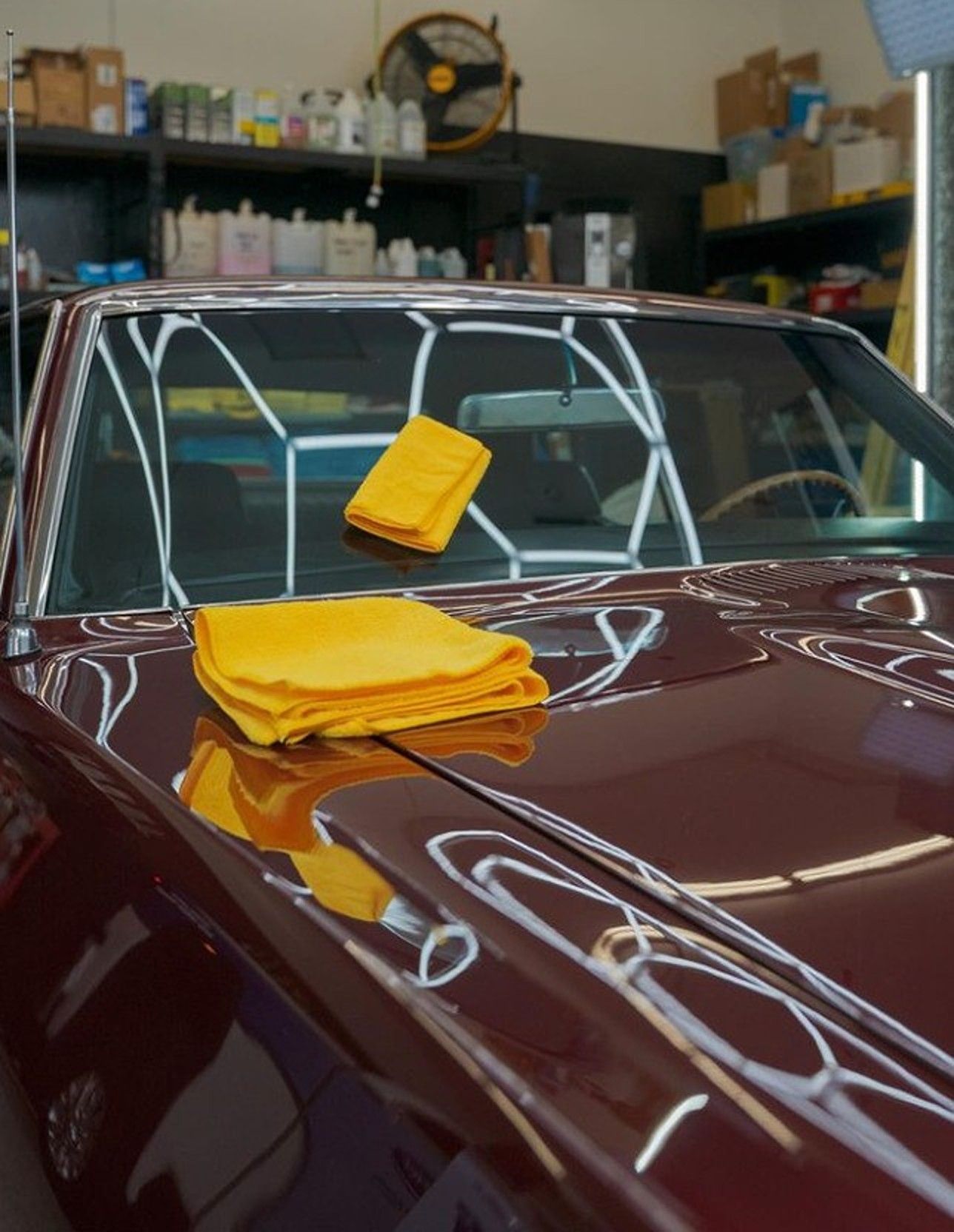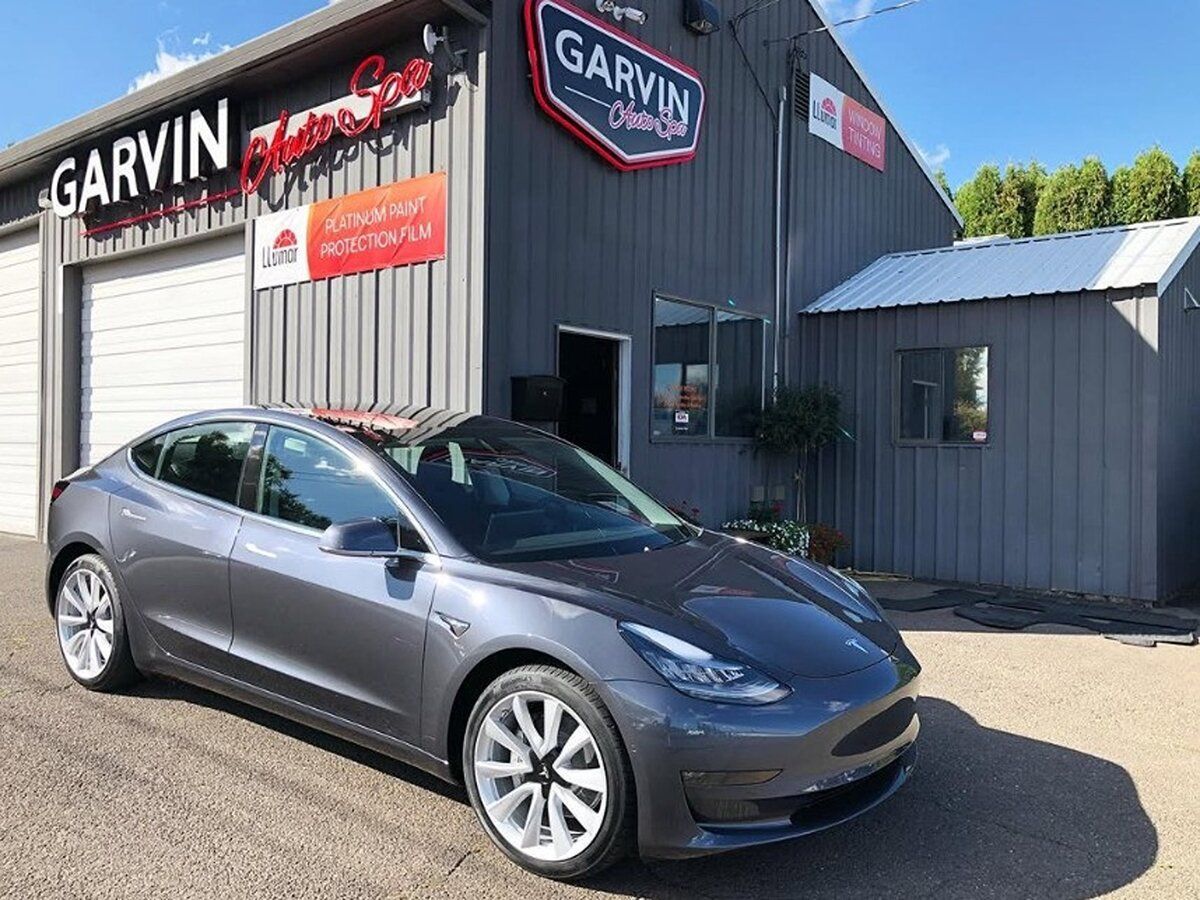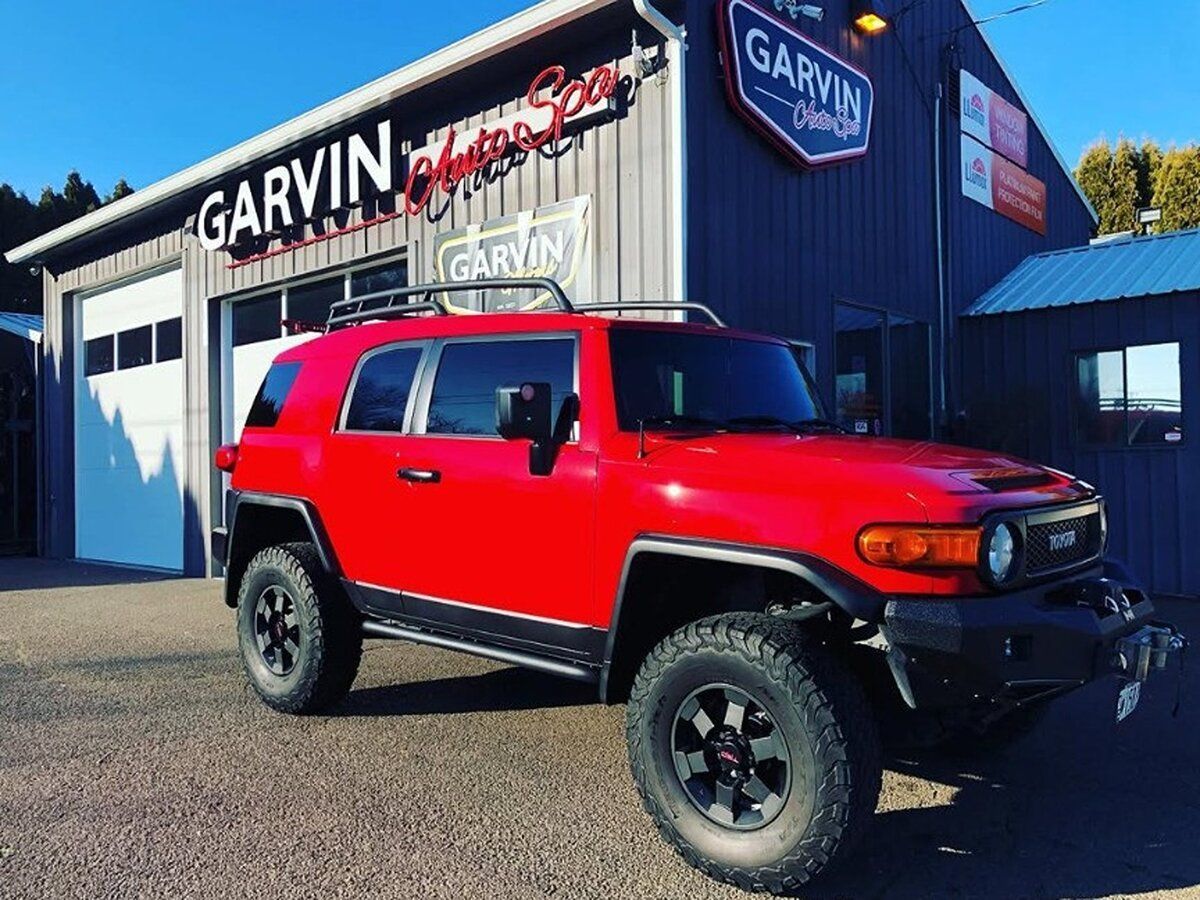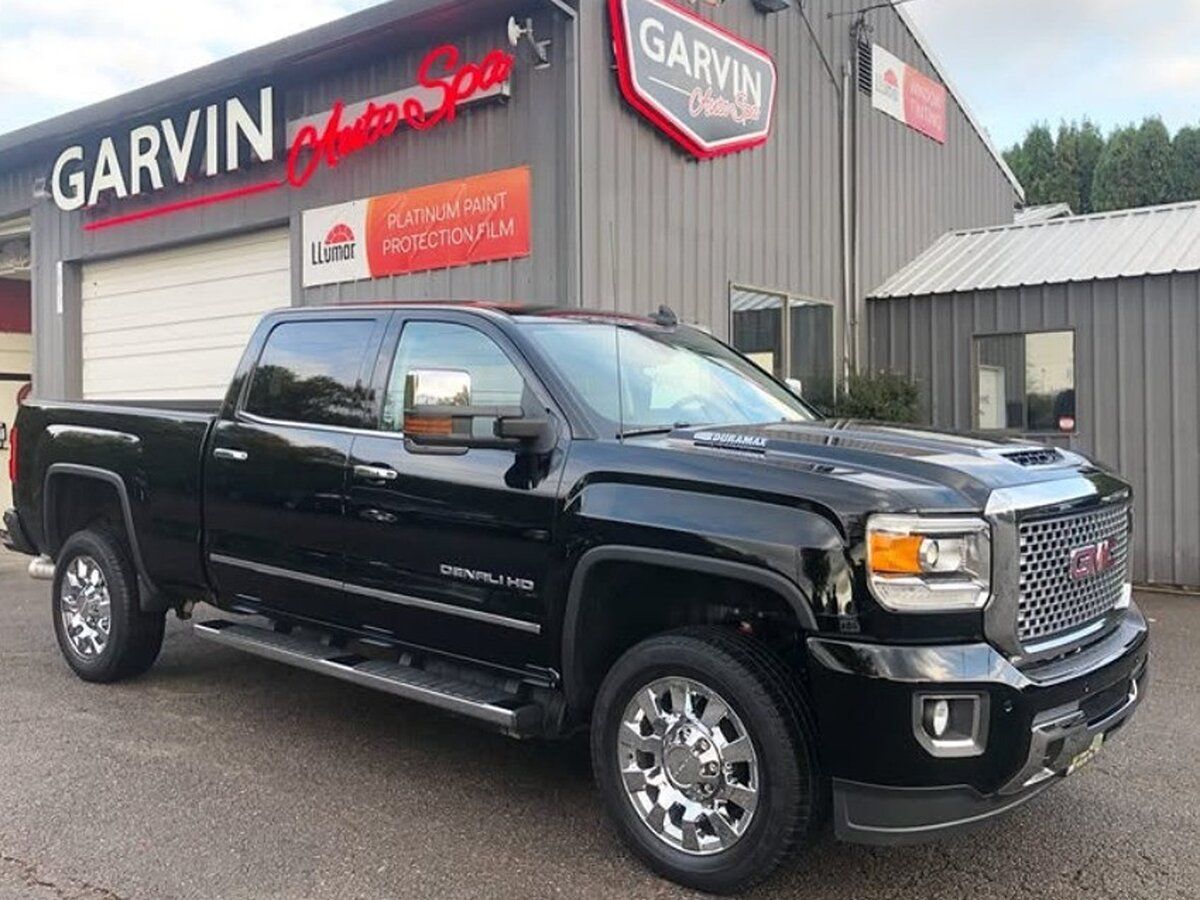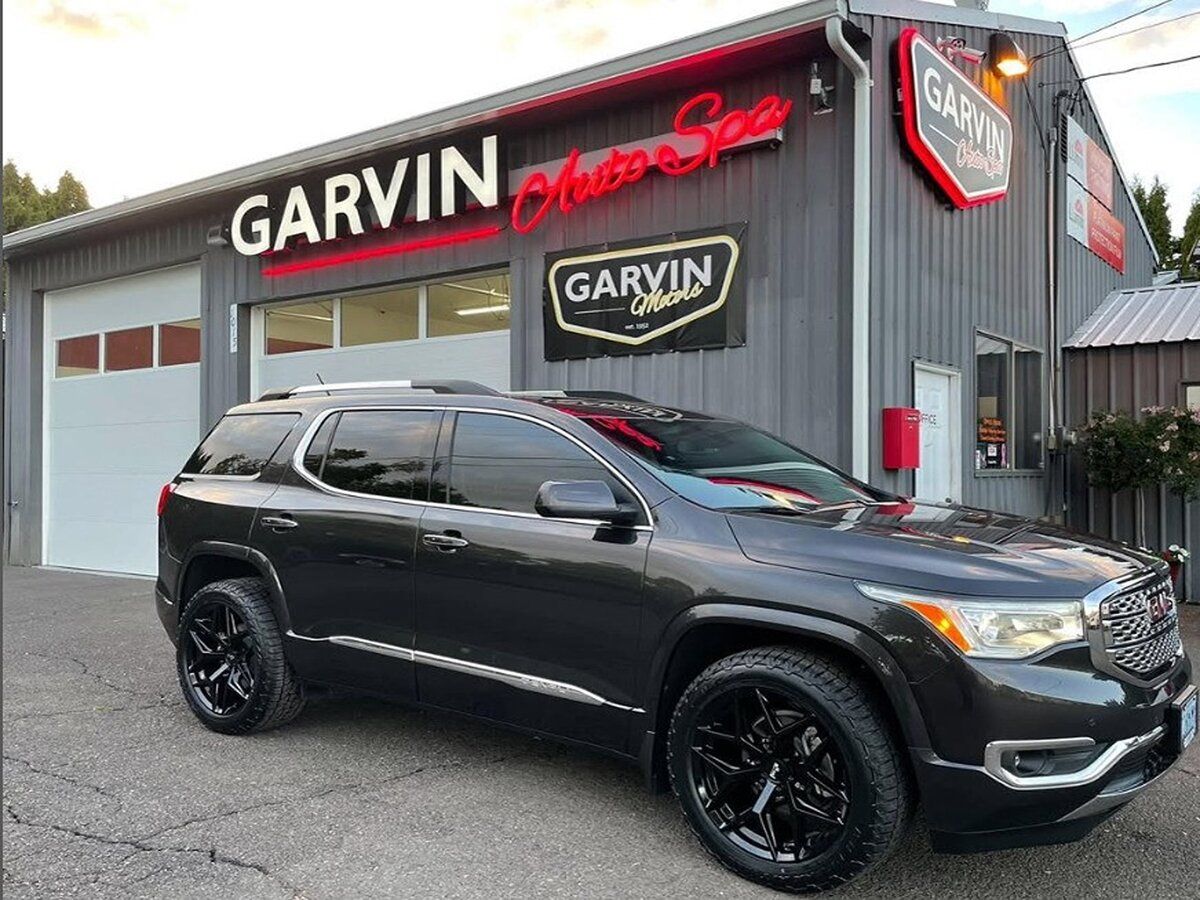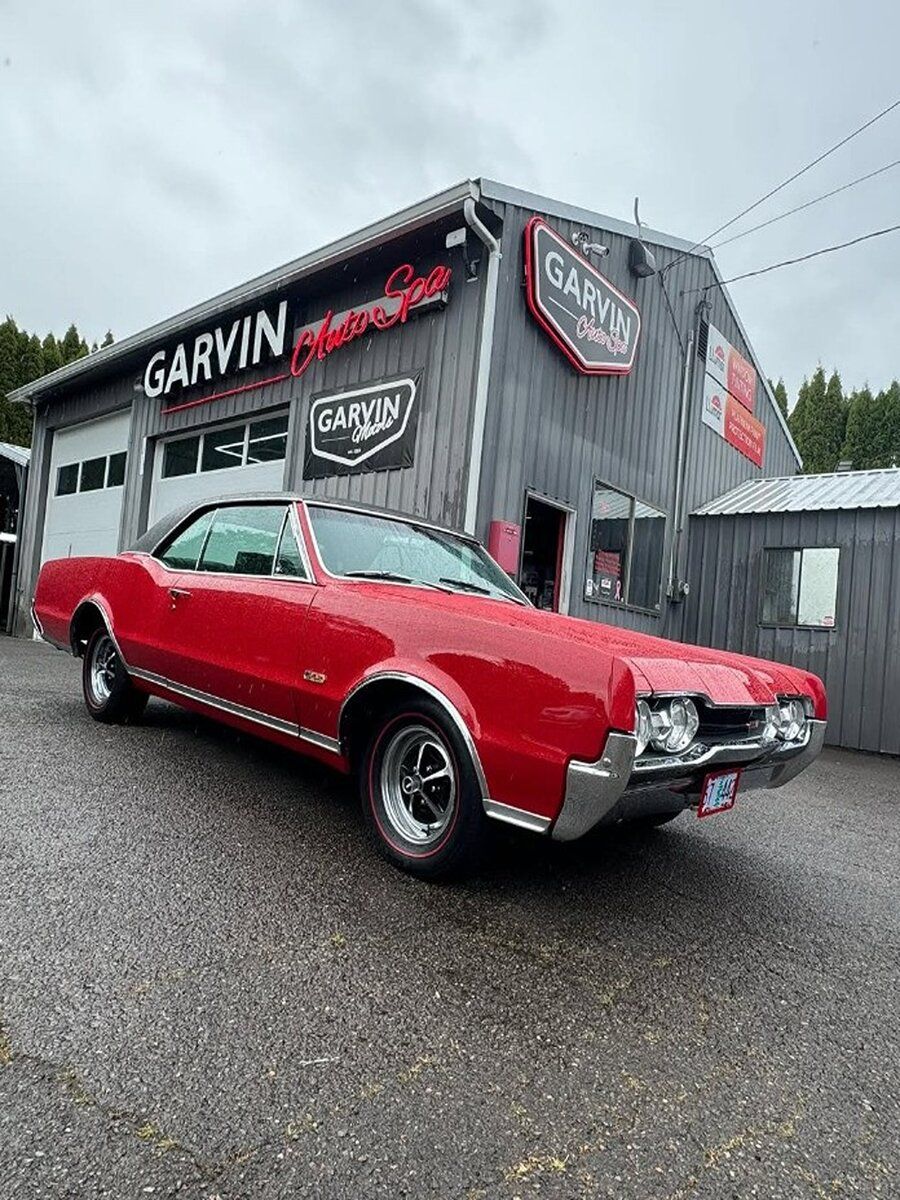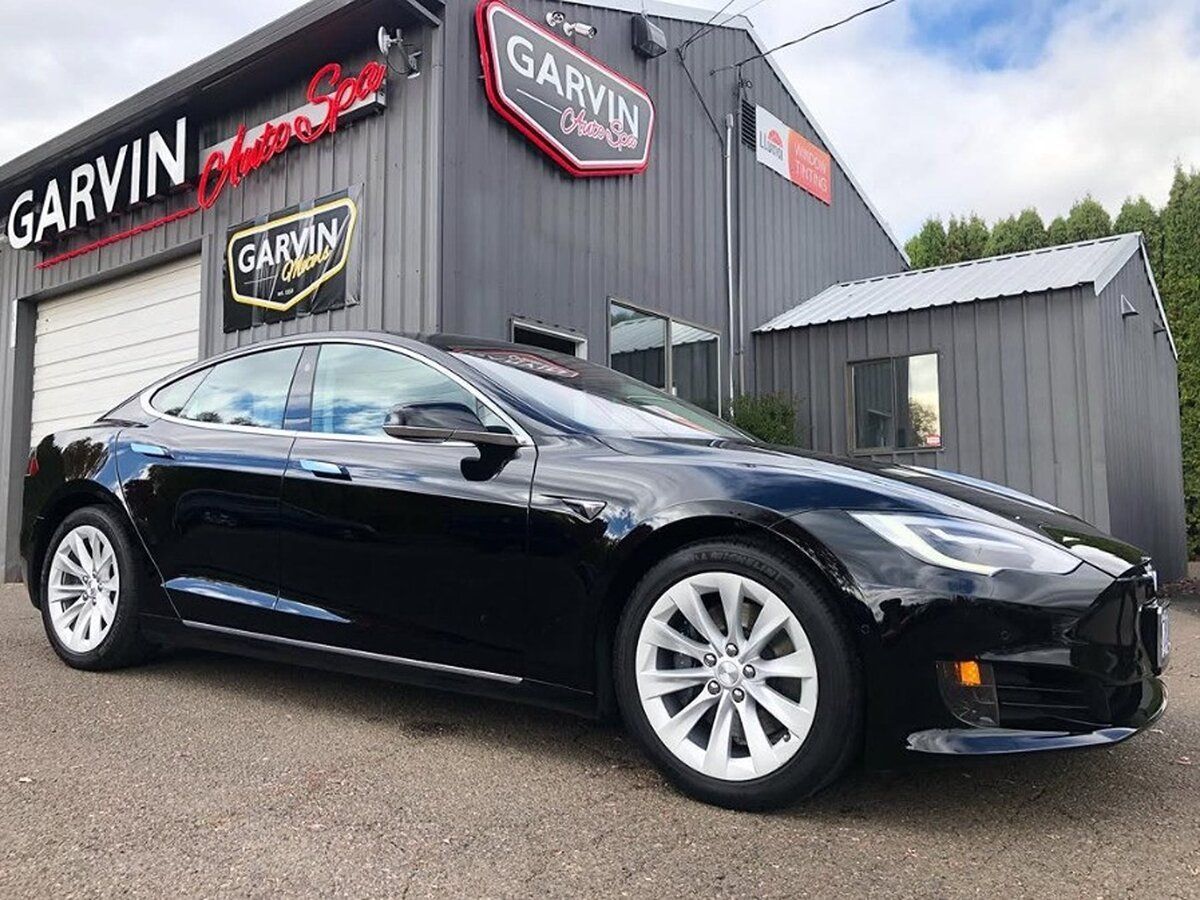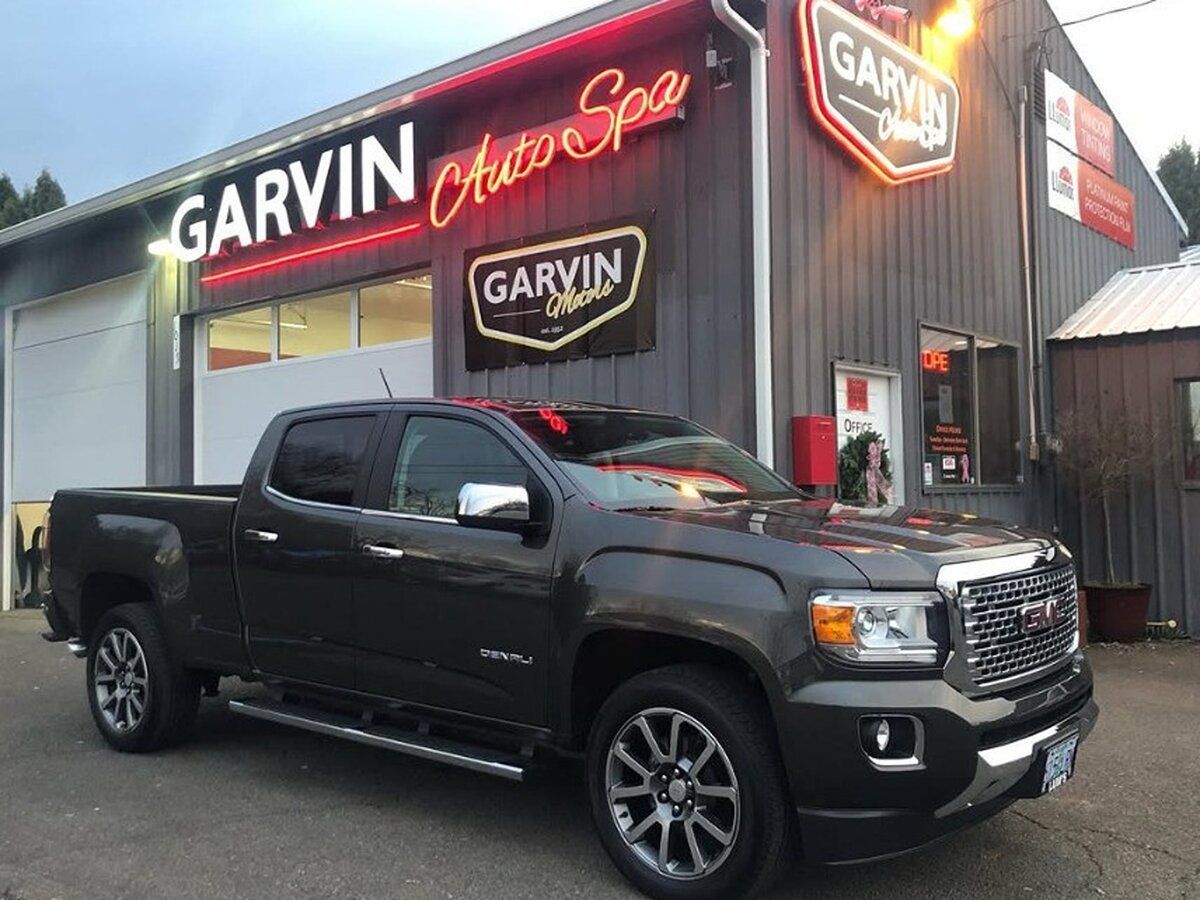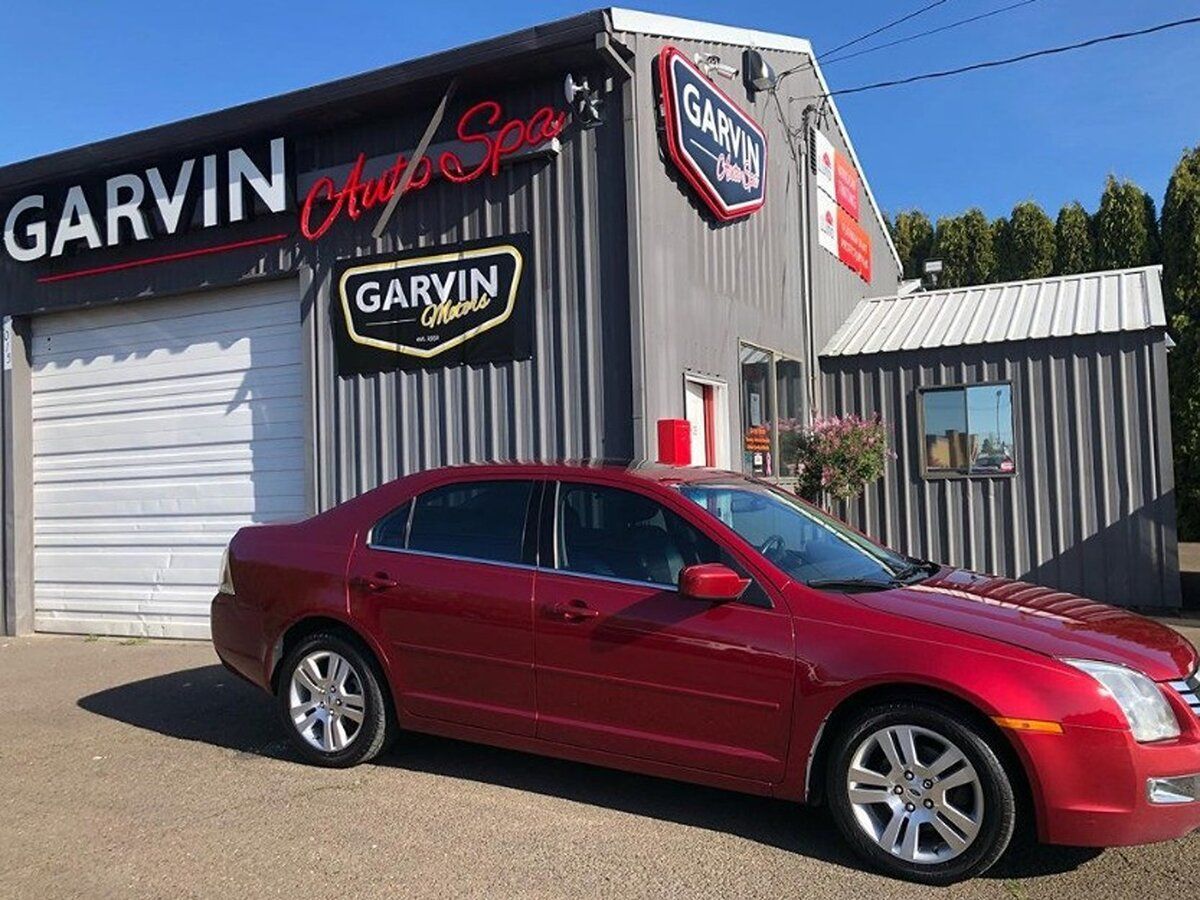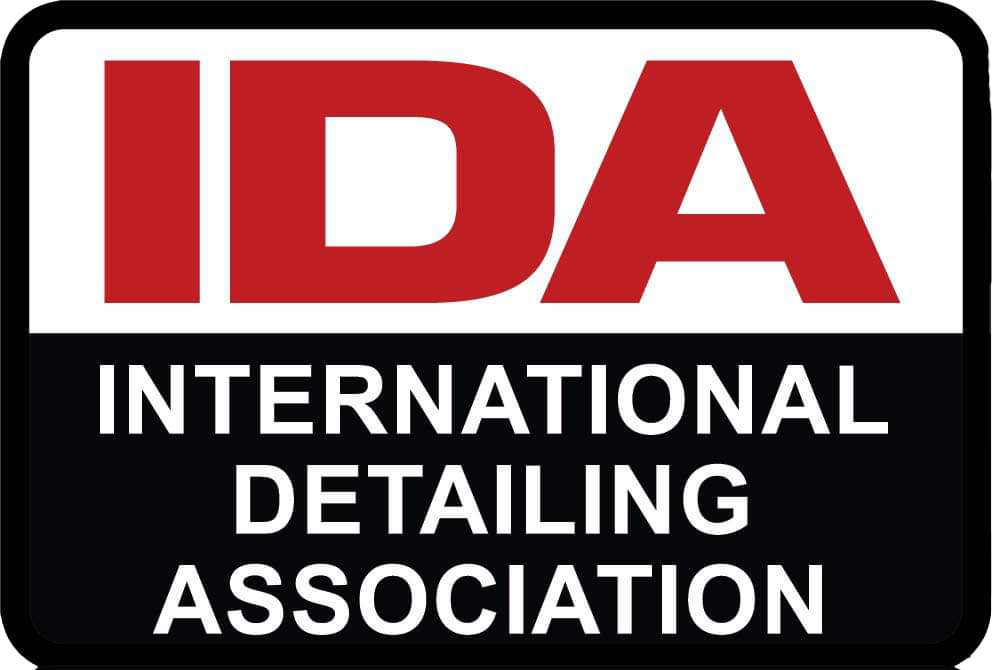Imagine spending hours on your vehicle's upkeep, waxing it meticulously, only to see its shine fade within weeks. What if there was a way to keep your car looking brand new with far less effort? Ceramic coating could be the answer you've been searching for—a game-changer that marries advanced technology with practical benefits. When applied properly, this liquid polymer integrates with your car’s paint. Unlike traditional wax, which needs frequent reapplication, ceramic coatings form a durable layer that deflects water, dirt, and UV rays. Armed with extensive research and real-world testimonials, we'll explore how this investment can save both time and money in maintaining your vehicle's aesthetic appeal.
What is Ceramic Coating?
The cost of applying ceramic coating can vary quite a bit based on several factors, including the size of your vehicle, the type of coating, and where you choose to have it done. On average, professional application ranges from $500 to $2,500. While this might seem like a hefty sum at first glance, it's essential to weigh that cost against the long-term benefits.
Cost Breakdown
| Factor | Cost Range |
|---|---|
| Small Cars | $500-$1,000 |
| Medium SUVs | $1,000 - $1,500 |
| Large trucks or luxury cars | $1,500-$2,500 |
By investing in ceramic coating, you're looking at significant potential savings down the road. Traditional waxing methods require frequent reapplications, which can add up. Furthermore, consider the time saved with less frequent washing. With hydrophobic properties that repel dirt and water, vehicles treated with ceramic coatings tend to stay cleaner longer. This not only saves on cleaning costs, but also reduces wear and tear on your paintwork over time.
Benefits of Ceramic Coating for Your Vehicle
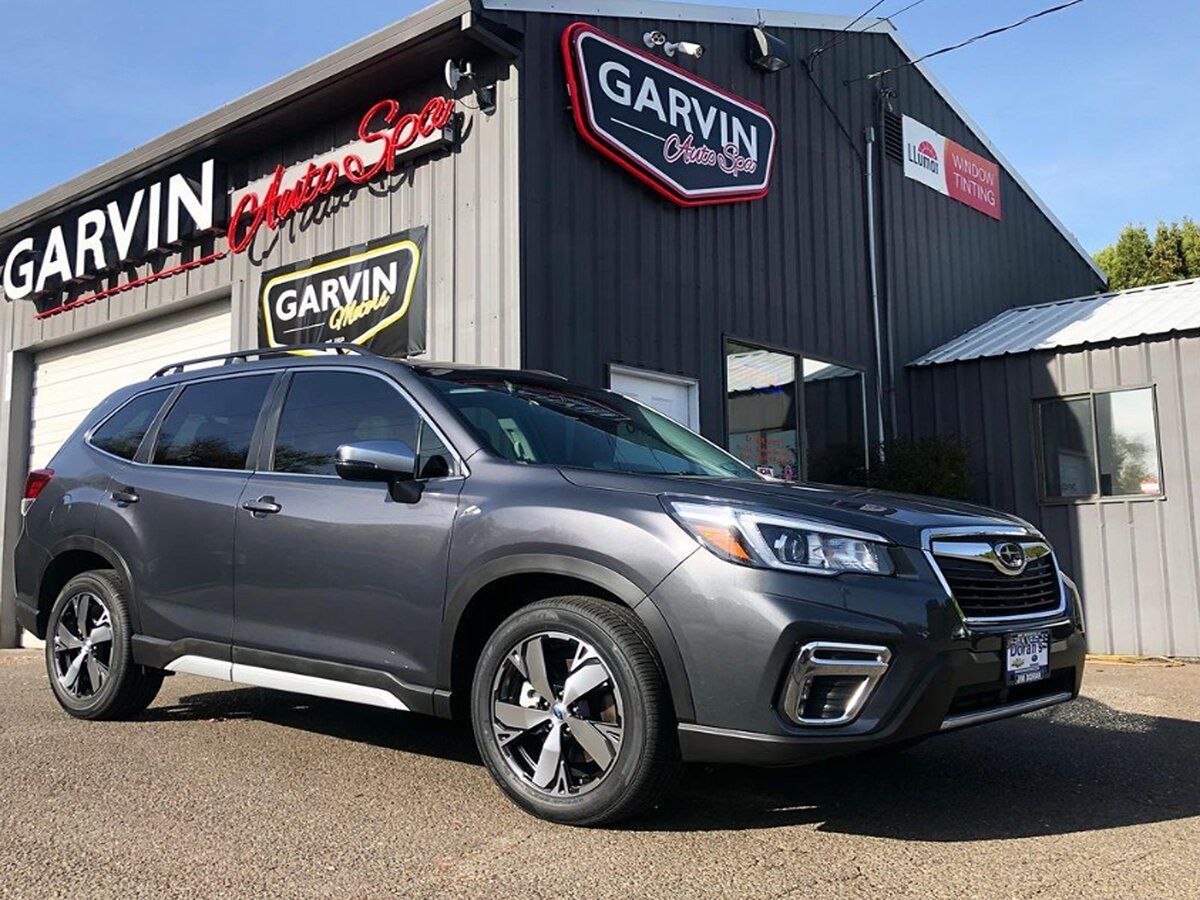
One of the most significant benefits of applying a ceramic coating is its ability to extend the life of your paint. In fact, these coatings provide protection from as much as 90% of harmful UV rays, effectively preventing oxidation and fading over time. This is a staggering improvement compared to traditional wax or sealants, which generally offer only about 20–30% UV protection. By investing in ceramic coating, you ensure that your car’s paint retains its vibrant color and luster, ultimately reducing the likelihood of costly repainting jobs down the line.
Creating a long-lasting visual appeal is another key benefit. With a ceramic coating, you essentially give your vehicle a protective layer that resembles a glossy, candy-like finish. This not only improves its appearance, but also serves as protection, shielding it from the elements while adding an irresistible shine. Imagine driving a car that turns heads wherever you go, looking as if it just rolled off the showroom floor—year after year.
Furthermore, ceramic coatings significantly reduce the frequency of maintenance required for your vehicle. Car washes can be cut down to once every six months instead of the typical monthly washes for vehicles that lack this protective treatment. This reduction not only saves you time, but also minimizes water spots and dirt buildup, allowing you to enjoy that sparkling finish longer with less effort. A quick rinse is often all that’s needed to keep a coated vehicle looking pristine.
Another noteworthy point is the impact on resale value. Vehicles protected by ceramic coating generally boast higher resale prices compared to their non-coated counterparts. Buyers are more likely to pay a premium for cars that look visually appealing and have proven lower maintenance costs associated with their upkeep. This added protection provides peace of mind knowing that your investment in ceramic coating will benefit you when it’s time to sell.
With such compelling benefits outlined, understanding the financial implications is crucial for making an informed decision regarding this protective treatment for your vehicle.
Cost Analysis: DIY vs. Professional Application
The cost of applying a ceramic coating varies significantly based on whether you tackle it as a DIY project or hire a professional. DIY kits, typically ranging from $50 to $150, come with everything you need, including the ceramic coating liquid, applicator pads, and comprehensive instructions. Although this sounds appealing, there are some crucial factors to consider before taking that route.
One of the most significant challenges of DIY applications is the level of precision and skill required. Even for those familiar with car care, achieving an even application can be perplexing. If not done correctly, you may end up with uneven coverage or, worse yet, unintentionally damaging your vehicle's paintwork—issues that will cost more to fix than applying a professional coat initially would have! It's vital to assess your confidence level and experience before committing to this DIY approach.
On the other hand, professional applications offer a very different experience.
When opting for professional services, you’re looking at costs between $500 and $2,000. This price variation stems mainly from the size of your vehicle and the quality of products used by the installer. For larger vehicles like SUVs or trucks, both labor and materials will weigh more heavily on your financial commitment.
The benefits of opting for professionals extend beyond just the initial expense. They utilize higher-grade products that often outperform DIY coatings in durability and longevity. Moreover, expert installers possess specialized tools designed for precise application, ensuring a seamless finish that enhances your car's appearance while adequately protecting its surface.
An additional highlight of investing in professional services is the warranty that usually accompanies these jobs. Such guarantees serve as a safety net against defects or premature failures that may not be available with DIY options.
| Option | Cost Range | Warranty |
|---|---|---|
| DIY Kits | $50-$150 | Usually None |
| Professional Application | $500-$2,000 | Often Includes |
By weighing these two approaches against each other thoroughly, we can explore how they align with your broader vehicle maintenance strategy while considering investments that protect your car’s exterior aesthetics and value over time.
Comparing Ceramic Coating and Paint Protection Film

Both ceramic coatings and Paint Protection Films (PPF) serve the purpose of preserving your vehicle’s exterior, yet they cater to different needs and situations. You must understand their differences to choose the best one for your car.
Durability and Protection
When it comes to durability, PPF shines in providing unmatched protection against physical damage. Imagine you're driving down a gravel road; small rocks and debris kick up, and all you can think about is the potential for chips on your paint job. PPF acts as a shield, absorbing impacts that could mar your vehicle's surface. Conversely, while ceramic coating lacks this level of physical protection, its chemical resilience is worth mentioning. It excels at guarding against harmful substances like bird droppings, tree sap, and other acidic compounds that can stain your paint if left untreated. Additionally, the ceramic coating offers outstanding protection against UV rays, preventing oxidation that can dull your vehicle's color over time.
Appearance and Maintenance
The visual appeal of your vehicle is strongly influenced by the protective layer you choose. With ceramic coatings, many enthusiasts praise their ability to deliver a jaw-dropping high gloss finish that enhances the original paint color. However, it’s essential to note that PPF can sometimes create a slight orange-peel texture due to its thicker composition. This may not be appealing to everyone, particularly car detailers who thrive on perfection.
When considering maintenance, both options are relatively low-maintenance; still, ceramic coatings typically require less frequent washing compared to PPF. Water spots are more easily cleanable with ceramic coatings due to their hydrophobic nature, while the surface of PPF tends to attract more dirt and debris.
Understanding these distinctions clarifies whether investing in ceramic coating justifies its cost based on what you value most: enhanced aesthetic qualities or robust physical protection.
As we assess these aspects further, the focus shifts toward evaluating the financial implications of choosing either protective option based on their respective investment returns.
Is ceramic coating worth the expense?
The varied experiences among vehicle owners highlight that whether or not ceramic coating is a worthy investment often hinges on factors like how frequently you drive, the environmental conditions your vehicle faces, and your personal care preferences. Essentially, this means it’s not a one-size-fits-all solution.
For instance, if you find yourself behind the wheel day in and day out, especially driving through elements such as rain, snow, or even corrosive debris, the advantages of ceramic coatings become strikingly clearer. These coatings act as a formidable shield against sun fading and chemical stains while significantly reducing the frequency of car washes.
Frequent Drivers
For individuals who are constantly on the go—whether commuting to work or embarking on weekend adventures—ceramic coatings can indeed justify their cost. Not only can they mitigate damage from harsh weather and road conditions, but they can also save valuable time spent on cleaning. Having experienced this firsthand, there’s something inherently satisfying about spending less time washing and waxing car while still receiving compliments on its glossy appearance.
However, if your vehicle sits parked for weeks at a time or you own an older model that's seen better days, the upfront investment in ceramic coating may not bring equivalent returns in terms of longevity or convenience. Here’s the stark truth: if a vehicle has significant wear and tear already, investing in a protective layer may not deliver the results you want or expect. Instead, it could simply serve as an additional cost without enhancing the aesthetic value of a more aged exterior.
Considering these factors allows for a more informed decision about your investment in protective coatings. Understanding how to effectively maintain and enhance this investment will be essential for its longevity and performance.
Maximizing the Value of Your Ceramic Coating Investment
The first crucial step in getting the most out of your ceramic coating is establishing a routine for regular care. This doesn't mean you need to spend hours polishing every week; instead, a gentle hand wash with pH-neutral soap is recommended every few weeks. This low-key approach prevents contaminants from bonding to the surface, safeguarding the integrity of the coating. Additionally, steer clear of automatic car washes that employ harsh bristles or abrasive materials; these can inadvertently damage the coating, reducing its effectiveness. Once you've established a washing routine, it's essential to keep an eye on the condition of your vehicle.
Periodic Inspections
Conducting periodic inspections is vital. A quick visual check every month may alert you to any signs of wear or damage. Look closely at areas prone to high contamination, like the front bumper or side panels. If you notice anything unusual—such as diminished water beading or spots where dirt seems more stubborn than usual—it could indicate wear in the coating.
Catching these issues early enables you to address them promptly, often before they escalate into costly damages. Think of this inspection as a form of preventative maintenance—the earlier you act, the less severe the problem will likely become. However, detecting signs of wear prepares you for the next step: enhancing your coating’s performance with aftercare products.
Use Aftercare Products
Implementing specialized aftercare products tailored for ceramic-coated vehicles is another effective strategy. These products help to maintain and rejuvenate the hydrophobic properties of your coating. By integrating regular care, thorough inspections, and high-quality aftercare products into your routine, you're taking crucial steps toward protecting your investment in ceramic coating.
With thoughtful attention to maintenance, you're ensuring that the benefits of ceramic coating endure well beyond their initial application. Not only will it look good as new, but it’ll also retain its protective qualities for years to come—making your investment not just worthwhile but rewarding in every sense.
In summary, maintaining a ceramic coating through regular care and specialized products is essential for maximizing its benefits over time. The investment in ceramic coating truly pays off when properly maintained.
Why Choose Garvin Auto Spa for Ceramic Coating?
Garvin Auto Spa specializes in high-end ceramic coating services that provide a durable shield for your vehicle's exterior. Whether you're a car enthusiast or simply want to preserve the value of your investment, Garvin Auto Spa’s
ceramic coating is the ultimate solution. Ceramic coating application is a precise process that requires skill and expertise. The experienced technicians at Garvin Auto Spa have mastered the art of applying ceramic coatings to ensure a flawless, smooth, and even finish. Their attention to detail guarantees that every inch of your vehicle's surface is properly coated for maximum protection and gloss. Book now!
1015 NE Highway 99W, McMinnville, OR 97128, United States of America
ABOUT US
Yamhill County's Vehicle Protection & Appearance Experts!
Garvin Auto Spa first opened its doors in 2008 as Yamhill County, Oregon’s vehicle protection and aesthetic preservation specialists. With skills verified by the International Detailing Association (IDA), we are proficient in the rejuvenation process of every make and model vehicle, no matter if it is a daily driver or one purchased for recreation. For comprehensive vehicle care and protection with self-healing clear bras, hydrophobic ceramic coatings, interior and exterior decontamination, and window tinting services, Garvin Auto Spa is your one-stop solution to it all!
QUICK LINKS
CONTACT US
PHONE: 503-472-GARV
EMAIL: adam@garvinauto.com
HOURS OF OPERATION
Tuesday - Friday: 8:00 AM - 5:00 PM
Saturday: By Appointment Only
Sunday & Monday: Closed
SOCIAL MEDIA
Garvin Auto Spa was designed by the team at Detailers Roadmap, a platform developed for detailing operators across the globe.
All Rights Reserved | 8bitcreative, LLC | Garvin Auto Spa
